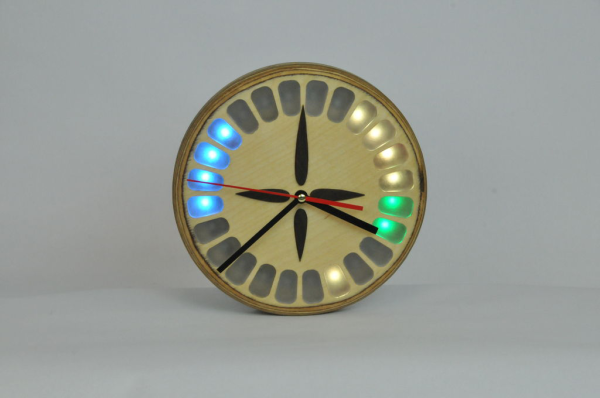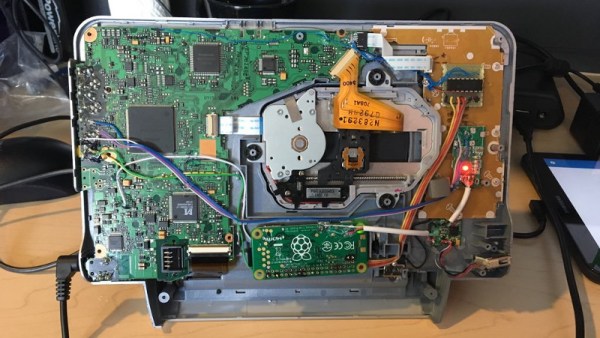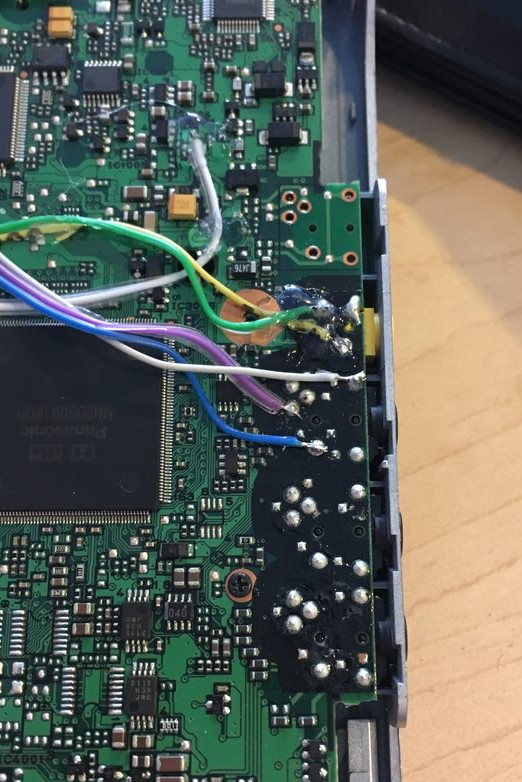Everyone has heard of a computer mouse before, but what about a mouse computer?
Granted, [Electronic Grenade]’s all-in-one computer in an oversized mouse-shaped case is almost without practical value. But that’s hardly the point, which was just to do something cool. Inspiration came from keyboards stuffed with a Raspberry Pi to make a mostly-all-in-one machine; this Rodent of Unusual Size is the next logical step. With a Pi Zero W and a LiPo battery alongside a mouse mechanism inside the 3D-printed case – alas, no real mouse currently on the market would house everything – the computer sports not only a tiny and nearly-usable LCD display, but also a slide-out Bluetooth keyboard. The ergonomics of a keyboard at right angles to the display gives us pause, but again, usability is not the point. And don’t expect much in the performance department – the rig barfs after a few seconds of playing Minecraft.
Still, for all its limitations, this mouse computer has a certain charm. We always enjoy “just because I can” projects, whether they be a Gameboy ukelele or a fire-breathing animatronic duck. Such projects are often valuable not for what they produce, but for pushing into areas where no one has gone before.
Continue reading “This Computer Mouse Houses A Mouse Computer”

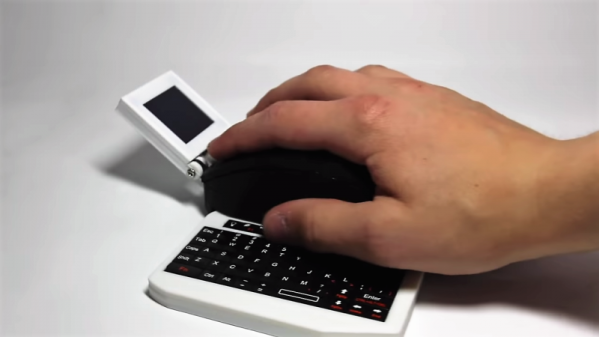

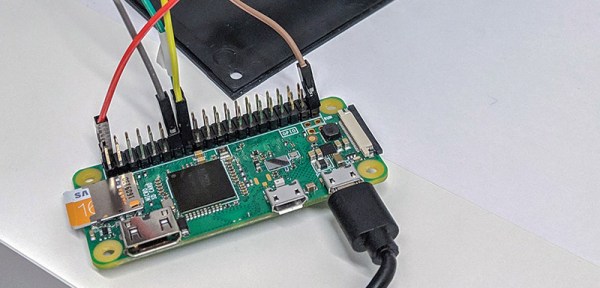
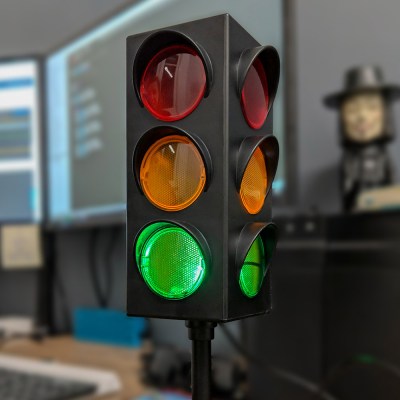 The hardware for this build is a traffic light table lamp available on Amazon for twenty bucks. Inside this traffic light, you get a PCB with three LEDs and a small microcontroller to control the LEDs. The microcontroller isn’t used in this case, instead the microcontroller is removed and a few wires are soldered up to the base of the transistors used to drive the LEDs. The other ends of these wires are attached to a trio of pins on a Raspberry Pi Zero W, giving this traffic light table lamp Linux and a connection to the Internet.
The hardware for this build is a traffic light table lamp available on Amazon for twenty bucks. Inside this traffic light, you get a PCB with three LEDs and a small microcontroller to control the LEDs. The microcontroller isn’t used in this case, instead the microcontroller is removed and a few wires are soldered up to the base of the transistors used to drive the LEDs. The other ends of these wires are attached to a trio of pins on a Raspberry Pi Zero W, giving this traffic light table lamp Linux and a connection to the Internet.